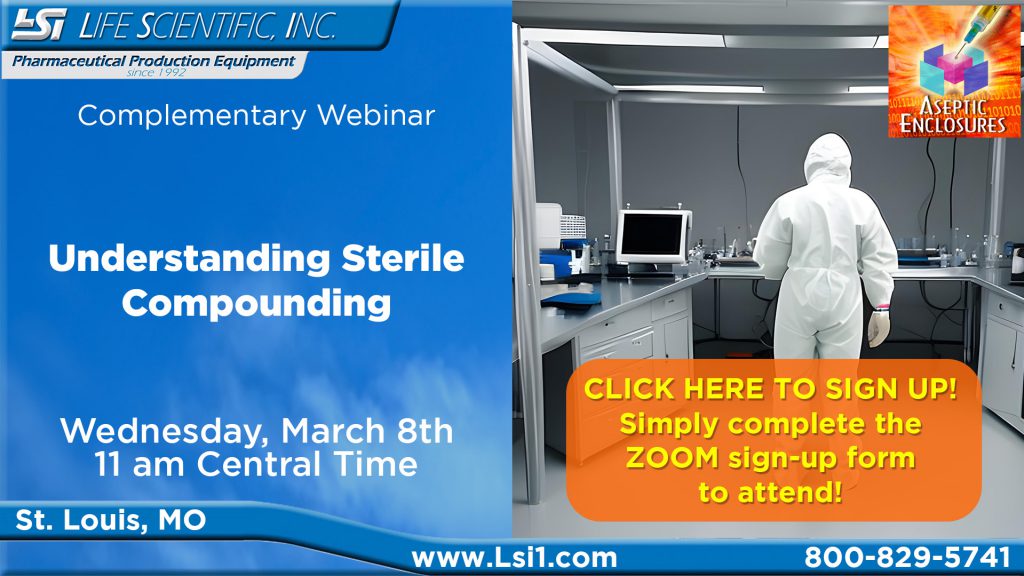
The Aseptic Enclosures pharmacy and cleanroom design and development team understands that a highly functional pharmacy begins with a soundly planned design. Our design team with combined years of experience and sophisticated design software with a collaborative approach is the perfect solution to ensure that your project will meet the required ISO or USP specifications.
Some of the many ways that we can support you:
- Recommending an appropriate pharmacy square footage based on similar projects in our database to ensure that you have the space that you need.
- Cleanroom Workflow estimation and inspection.
- Offering site visits to other facilities so that you can see our work firsthand and receive input from colleagues who have been through the process.
- Variety of design and product options to select from so that the best solution is realized.
- Reviewing plans with you and your team so that everyone has a clear understanding of how your finished project will look, feel and operate.
- Cleanroom training and proper cleanroom management tutoring.
To be able to select a cleanroom classification, it is important to know the primary cleanroom classification standard and what the particulate performance requirements are for each cleanliness classification. Your manufacturing process may need a more stringent cleanliness class depending upon its unique requirements.
Maintaining either positive or negative air pressure, in relation to adjoining dirtier cleanliness classification spaces, is essential in preventing contaminants from infiltrating into a cleanroom. If the room layout is just a bit more complex and complicated you might end up piling up on the running fees just so your room can maintain the running specs.
The majority of cleanrooms are under positive pressure, resulting in planned air exfiltrating into adjoining spaces having lower static pressure and unplanned air exfiltration through electrical outlets, light fixtures, window frames, door frames, wall/floor interface, wall/ceiling interface, and access doors. It is important to understand rooms are not hermetically sealed and do have leakage.
A number of variables affect a cleanroom’s mechanical system layout: space availability, available funding, process requirements, cleanliness classification, required reliability, energy cost, building codes, and local climate. Unlike normal A/C systems, cleanroom A/C systems have substantially more supply air than needed to meet cooling and heating loads.
Cleanrooms are like fighter jets. When properly designed and built, they are highly efficient performance machines. When poorly designed and built, they operate poorly and are unreliable. Cleanrooms have many potential pitfalls, and supervision by an engineer with extensive cleanroom design experience can save you and your facility a lot of architectural, construction, and labor fees.
Give us a call now 800.418.9289 and let us know how we can help out with your project.

